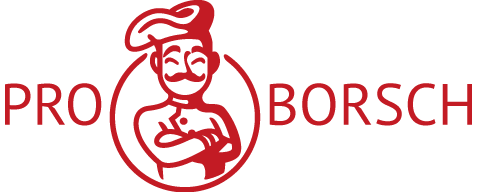Continuous improvement in quality management is not a one time project or a checklist to be completed — it is an daily commitment that shapes how teams approach their daily tasks. To implement it successfully, organizations must first foster a shared ownership of quality outcomes. This means cultivating psychological safety, rewarding meaningful suggestions, and validating input with tangible changes.
Start by clearly defining what quality means in your context. Different departments may have conflicting views, so creating a common language prevents inefficient efforts. Once this foundation is set, define achievable benchmarks that teams can work toward. These goals should be practical and grounded in client needs, not just administrative targets. For example, reducing errors in order processing by 15 percent in three months is more useful than saying improve quality without specifics.
Next, empower employees at all levels to identify problems and propose solutions. Daily operators uncover hidden flaws that executives never witness. Create consistent forums for input, such as monthly innovation rounds or anonymous idea portals with public recognition. When someone suggests a change that works, publicly celebrate their contribution. Positive feedback encourages repeat innovation.
Use data to guide decisions rather than assumptions. Track key performance indicators related to quality, like return rates, service grievances, or cycle time delays. Analyze historical patterns to spot patterns. If a certain workflow node generates errors, probe beneath the surface. Peel back layers until you find the true source.
Adopt incremental tweaks rather than sweeping reforms. This reduces risk and allows teams to learn quickly. For instance, if a revised inspection protocol appears effective, run a controlled trial for five days. Collect quantifiable outcomes. Tweak. Then roll it out more broadly. This approach, often called continuous incremental improvement, embeds change into daily routines.
Training is also essential. People need to understand tools like fishbone diagrams, value stream mapping, and control charts. But training should not be a annual seminar. Offer regular micro-learning sessions, ノベルティ peer coaching, or curated digital learning libraries.
Leadership must model continuous improvement. If managers only focus on meeting targets without caring about how they are achieved, employees will adopt a results-at-all-costs mentality. Leaders should consistently probe for improvement opportunities and Point out your biggest pain points. They should also be willing to admit their own mistakes.
Acknowledge every step forward, however minor. Improvement is a lifelong practice, not a final goal. Recognizing incremental wins keeps morale high. Remember, the goal is not unattainable excellence—it is relentless, humble advancement toward excellence each shift.


Recent comments